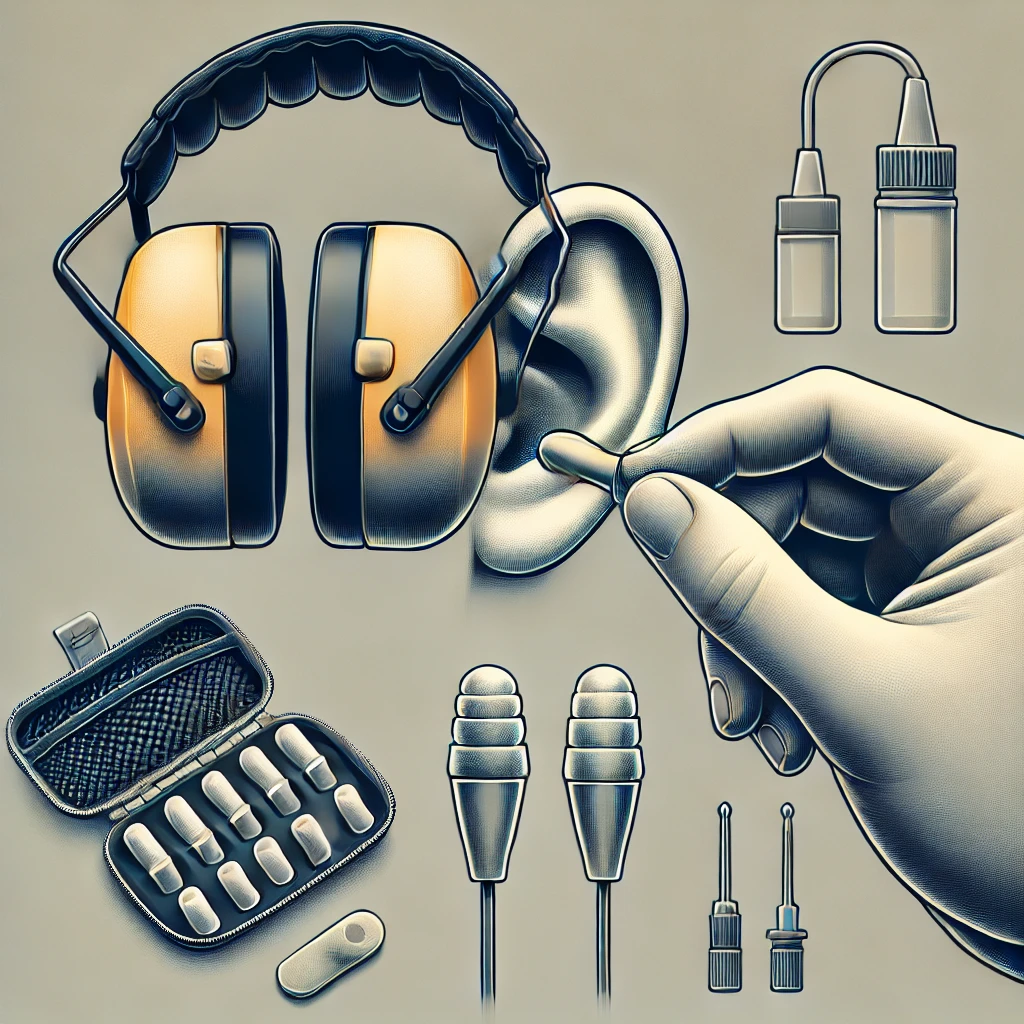Protecting your hearing is essential, yet most people don’t realize they may be using their hearing protection incorrectly. Whether you’re at a concert, on a construction site, or enjoying target practice, understanding how to use hearing protection properly can make a significant difference. In this comprehensive guide, we’ll explore the importance of hearing protection, how to use it correctly, and tips to maintain your devices for long-term hearing health.

Why Hearing Protection Is Crucial
Understanding the Delicacy of the Ear
Your ears are extraordinary organs capable of detecting a wide range of sounds, from gentle whispers to roaring machinery. However, the inner ear contains tiny hair cells that convert sound waves into signals for the brain. These cells are incredibly sensitive and, once damaged, cannot regenerate. Prolonged exposure to loud noises can lead to permanent hearing loss.
Common Consequences of Hearing Damage
- Tinnitus: A persistent ringing or buzzing in the ears.
- High-Frequency Hearing Loss: Difficulty hearing higher-pitched sounds, such as children’s voices or birds.
- Overall Hearing Loss: Gradual but irreversible loss of hearing that impacts daily life.
Using proper hearing protection helps prevent these issues, but only when it’s used correctly.
Types of Hearing Protection
1. Earplugs
Earplugs are small, portable, and highly effective when used correctly. However, many people insert them improperly, reducing their effectiveness.
How to Use Earplugs Properly
- Roll: Compress the earplug into a tight cylinder.
- Pull: Use your opposite hand to gently pull back the top of your ear.
- Insert: Insert the earplug deep enough to create a seal.
- Hold: Hold it in place for a few seconds until it expands and fits snugly.
Pro Tip: Always insert earplugs with clean hands to prevent ear infections.
2. Earmuffs
Earmuffs offer excellent protection and are easy to use. However, their effectiveness depends on achieving a proper fit.
Steps for Proper Earmuff Use
- Ensure the earmuffs fully cover your ears.
- Check for gaps caused by hair, glasses, or earrings.
- Adjust the headband for a secure fit without causing discomfort.
For those with long hair, consider tying it back to avoid interference with the seal.
3. Double Protection
In extremely loud environments, such as shooting ranges or industrial sites, consider using both earplugs and earmuffs simultaneously. This combination offers an added layer of protection, significantly reducing noise levels.
Choosing the Right Hearing Protection for Your Needs
Concerts and Events
For concerts, consider high-fidelity earplugs, which lower the volume without compromising sound quality. You can still enjoy the music while protecting your ears from excessive noise.
Industrial Work
In industrial settings, opt for heavy-duty earmuffs designed to block out intense noise levels. These are particularly useful for prolonged exposure.
Custom-Molded Earplugs
For regular use, custom-molded earplugs provide a perfect fit and maximum comfort. Although they come at a higher price, they offer superior protection and longevity.
The Importance of Maintenance
Hearing protection devices need proper care to remain effective.
Maintaining Earplugs
- Disposable Earplugs: Replace after each use.
- Reusable Earplugs: Clean regularly with mild soap and water, then allow them to dry completely.
Maintaining Earmuffs
- Check the Cushions: Inspect for wear and tear.
- Replace Cushions: If they lose their shape, replace them for a proper fit.
- Clean the Exterior: Wipe down the surface to remove dirt and sweat.
Regular maintenance ensures your hearing protection remains in top condition.
What Happens If You Don’t Use Hearing Protection Correctly?
Failing to use hearing protection correctly can result in long-term hearing damage. Here’s what you risk:
- Tinnitus: Constant ringing that can interfere with concentration and sleep.
- Hearing Loss: Gradual deterioration that impacts communication and quality of life.
- Sensitivity to Noise: Increased discomfort when exposed to moderate noise levels.
Tips for Maximizing Hearing Protection
- Check the Fit: Always ensure earplugs or earmuffs fit securely.
- Limit Exposure Time: Even with protection, minimize your time in noisy environments.
- Regular Breaks: Give your ears periodic breaks from loud sounds.
Conclusion: Protect Your Hearing for a Lifetime
Properly using hearing protection is more than just a precaution—it’s a necessity. By following the steps outlined above, you can significantly reduce the risk of permanent hearing damage. Whether you’re using earplugs, earmuffs, or both, ensure they fit correctly and maintain them regularly.
Don’t take your hearing for granted. Take the time to protect it now, and your future self will thank you. Stay safe, and remember: when it comes to hearing protection, every detail matters.
